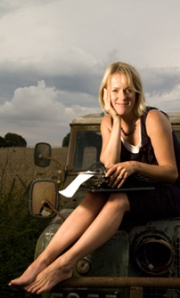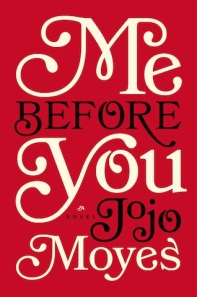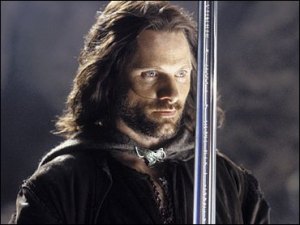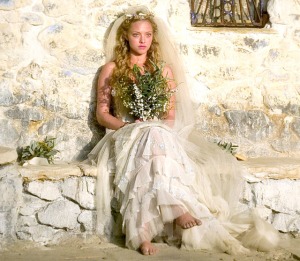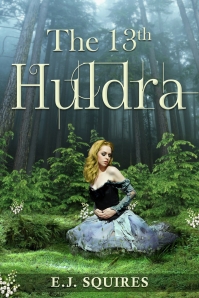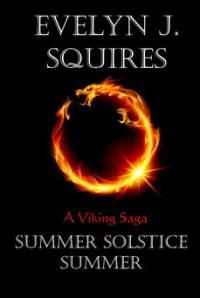Q&A with JoJo Moyes and free book giveaway of “The Girl You Left Behind”
THE GIRL YOU LEFT BEHIND, though a love story, features strong female relationships as well. What made you want to write about the connections that can form between women? If Liv and Sophie had lived in the same time, do you think they would have been friends?
My female friendships are so important to me; I honestly don’t know how women survive without them. I get very bored of reading manufactured narratives that pit women against women; the working mums vs. stay at homes, old vs. young, the ‘evil’ woman boss who is trying to keep younger women down—I don’t recognise these images—most women I know are actually pretty supportive of each other. So I liked having relationships in this book where women are supportive of each other, even if their relationships are often complex and changing. To me that reflects real life.
And yes, I think that Sophie and Liv might have been friends—I think through her sister’s grief, Sophie might have understood Liv’s own. And both knew what it was like to utterly adore your husband.
The reclamation of art taken during wartime is central to the plot. How did you first encounter this topic and what kind of research did you do to learn more about it?
I was briefly the arts correspondent for The Independent newspaper in London, so I knew a bit about the legal issues. But I read an amazing news story about a young woman reporter who had been asked to mind a huge collection of stolen Nazi artwork, and was given a very valuable stolen Cranach as a ‘thank you.’ Many decades later when it came up for auction it was recognised and became the subject of a claim.
It would seem the issue of returning stolen art is clear-cut, but Liv finds herself trying to keep a painting that may have been ill-gotten. Is there room for sympathy on both sides?
Without wanting to diminish in any way the suffering of those who lost their precious belongings, I think there is. The more time that goes by, the more complicated the issue becomes, as people buy and sell in good faith, not knowing the painting’s tainted past. These things are also complicated when great legal industries spring up around them, as seems to have happened in the case of stolen artwork.
You create a vivid sense of French life under the German Occupation in WWI. Did you know much about this period prior to writing the novel?
No I didn’t, but the more research I did, the more fascinated I became by it. I knew about the terrible losses suffered in northern France during the first world war, but I knew little about life away from the Western Front, and the fact that in a great swathe of northern France Belgian and French people had their homes and belongings requisitioned in such a widespread and systematic way.
Sophie and Liv exist a century apart, but their lives are strongly connected, making the past feel very much alive in your story. Do you feel a strong link to the past or a particular historic figure?
That’s an interesting question. I’m not sure I do. I’m always amazed when people do past life regression and say they turned out to be Cleopatra or Florence Nightingale… I think I’d be the anonymous girl who ran the fruit stall near the river, or kept the accounts in the hat shop. But I do like to look at the lives of particularly brave women in history though, undercover women agents, in wartime or Amelia Earhart, say, and try to use their actions to make me braver in my everyday life, like standing up to a traffic warden….
What do you hope readers will take away from THE GIRL YOU LEFT BEHIND?
I hope they’ll be transported into a time and place they didn’t know about. And I hope that they will put themselves in the place of Sophie and Liv, and ask: what would I do in their shoes? I love writing strong, resourceful female characters, and Sophie was one of my favourites, so I hope some women might be a little bit inspired too. Mostly I simply hope that they will feel glad they picked up the book and took the journey with me.
STAY CONNECTED WITH JOJO MOYES
What a fun interview with author JoJo Moyes. Now you’ve gotten a taste of the book here’s your chance to win a copy of THE GIRL YOU LEFT BEHIND.
I love JoJo’s thoughts on how in a past life she might have been an anonymous girl instead of Cleopatra or Florence Nightingale but she takes brave women in history and tries to be like them in her normal life. In the comment field tell us what historical character you want to be brave like? Please also leave your email address so I can inform the winner.
This contest will run for one week until Saturday October 5th at midnight PST. I’ll email the winner and give them 48 hours to respond or pick a new winner. Good Luck!
To purchase the book go to: http://www.us.penguingroup.com/nf/Book/BookDisplay/0,,9780670026616,00.html#
If you haven’t already, you need to read JoJo’s other book “Me Before You”

